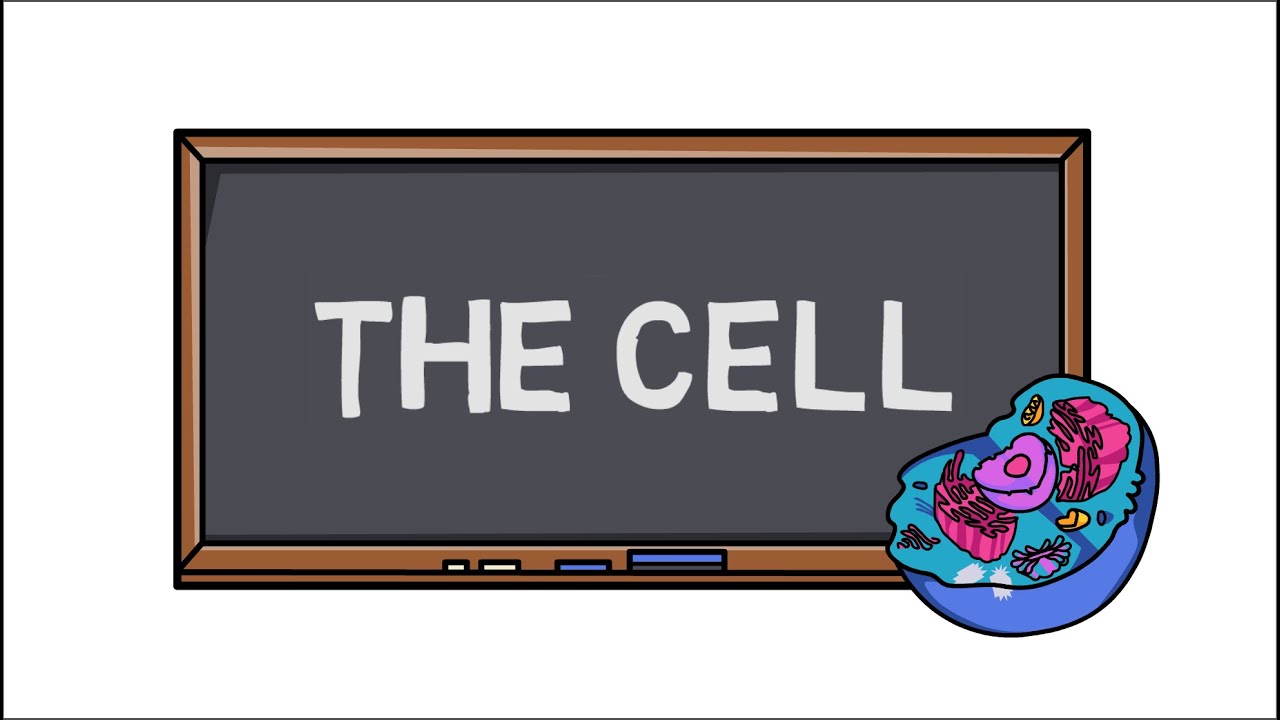The Discovery of Cells
Summary
TLDRThis educational video delves into the fascinating world of cell theory, starting with its historical roots. It highlights key figures like Anton van Leeuwenhoek, the inventor of the microscope, and Robert Hooke, the first to observe cells. The video explains the three main tenets of cell theory: all living things are composed of cells, cells are the basic unit of life, and new cells arise from pre-existing ones. It also distinguishes between light and electron microscopes, emphasizing their roles in cell observation. Lastly, it differentiates between prokaryotic and eukaryotic cells, noting the presence of organelles and a nucleus in eukaryotes, and touches on the contributions of Robert Brown and Rudolf Virchow to our understanding of cellular structures.
Takeaways
- 🔬 Anton van Leeuwenhoek, a Dutch scientist, is credited with inventing the microscope and is considered the first microbiologist.
- 👀 Robert Hooke was the first person to observe cells, notably in cork, under a microscope.
- 🌿 Matthias Schleiden, a German botanist, concluded that all plants are composed of cells.
- 🐘 Theodor Schwann observed that all animals are also composed of cells, contributing to the understanding of cell theory.
- 🧠 The cell theory consists of three main ideas: all living things are composed of one or more cells, the cell is the basic unit of organization in organisms, and all cells come from pre-existing cells.
- 🔭 There are two types of microscopes discussed: light microscopes, which use light and lenses, and electron microscopes, which use a beam of electrons.
- 🌟 Light microscopes can be simple, using one lens, or compound, using multiple lenses, and can magnify up to 1500 times.
- 🏗️ Electron microscopes, invented in the 1940s, can magnify specimens up to 500,000 times, offering much greater detail.
- 🔍 There are two types of electron microscopes: Scanning Electron Microscopes (SEM) for surface detail and Transmission Electron Microscopes (TEM) for internal structures.
- 🦠 Cells are categorized into two basic types: prokaryotes, which lack internal membrane-bound structures, and eukaryotes, which contain such structures called organelles.
Q & A
Who is credited with the invention of the microscope?
-Anton van Leeuwenhoek is credited with inventing the microscope.
What is the significance of Anton van Leeuwenhoek in the history of cell discovery?
-Anton van Leeuwenhoek is significant because he was the first microbiologist and his invention of the microscope enabled the discovery of cells.
Who was the first person to observe cells, and what was the subject of their observation?
-Robert Hooke was the first person to observe cells, and he did so while looking at cork under a microscope.
What did Matthias Schleiden contribute to the cell theory?
-Matthias Schleiden concluded that all plants have cells, contributing to the understanding that all living things are composed of cells.
How did Theodor Schwann's observations support the cell theory?
-Theodor Schwann observed that all animals are composed of cells, which supported the idea that cells are the basic unit of organization for all living organisms.
What are the three main ideas of the cell theory?
-The three main ideas of the cell theory are: 1) All living things are composed of one or more cells, 2) The cell is the basic unit of organization of organisms, and 3) All cells come from pre-existing cells.
What are the differences between a simple microscope and a compound light microscope?
-A simple microscope uses one lens and natural light, similar to the one invented by Leeuwenhoek. A compound light microscope uses multiple lenses and requires a light source to illuminate the specimen.
How does an electron microscope differ from a light microscope?
-An electron microscope uses a beam of electrons instead of light and lenses, allowing for much higher magnification and the ability to see finer details of specimens.
What are the two types of electron microscopes and their functions?
-The two types of electron microscopes are SEM (Scanning Electron Microscopes), which scan the surface of cells, and TEM (Transmission Electron Microscopes), which allow viewing of internal structures of cells.
What distinguishes prokaryotic cells from eukaryotic cells?
-Prokaryotic cells lack internal membrane-bound structures, while eukaryotic cells contain such structures, known as organelles, and have a nucleus that manages cellular functions.
Who were Robert Brown and Rudolf Virchow, and what did they contribute to cell biology?
-Robert Brown was the first to observe the nucleus, and Rudolf Virchow described its function in cell division, contributing to the understanding of cellular organization and reproduction.
Outlines

هذا القسم متوفر فقط للمشتركين. يرجى الترقية للوصول إلى هذه الميزة.
قم بالترقية الآنMindmap

هذا القسم متوفر فقط للمشتركين. يرجى الترقية للوصول إلى هذه الميزة.
قم بالترقية الآنKeywords

هذا القسم متوفر فقط للمشتركين. يرجى الترقية للوصول إلى هذه الميزة.
قم بالترقية الآنHighlights

هذا القسم متوفر فقط للمشتركين. يرجى الترقية للوصول إلى هذه الميزة.
قم بالترقية الآنTranscripts

هذا القسم متوفر فقط للمشتركين. يرجى الترقية للوصول إلى هذه الميزة.
قم بالترقية الآنتصفح المزيد من مقاطع الفيديو ذات الصلة
5.0 / 5 (0 votes)






